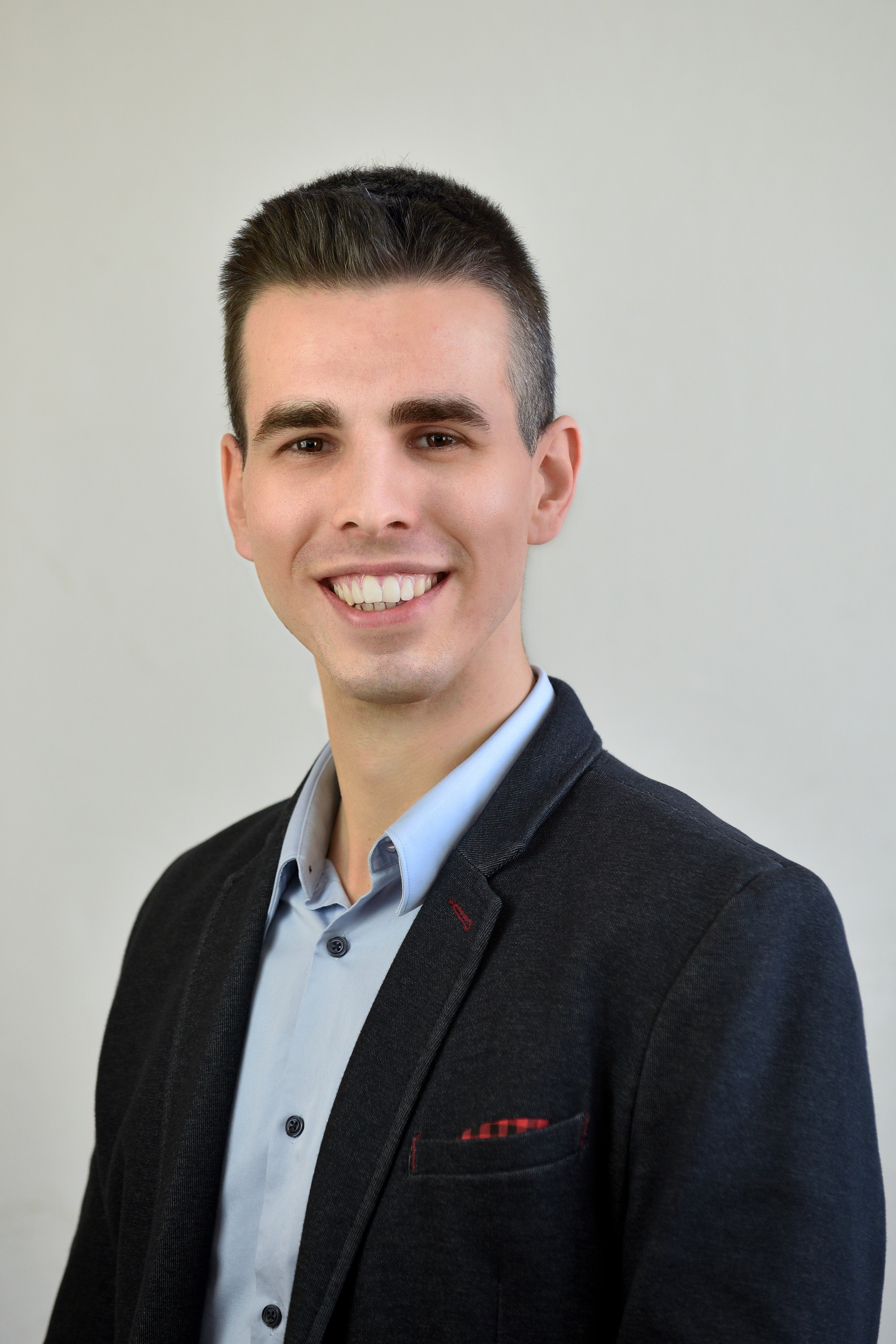
Prof. Dr. med. Johannes Kaesmacher
attending physician
Inselspital, Bern University Hospital, Institute of Diagnostic and Interventional Neuroradiology
- johannes.kaesmacher@insel.ch
Research Fields and Projects
Intra-arterial Fibriolytics after Mechanical Thrombectomy
In patients undergoing mechanical thrombectomy, achieving complete (Thrombolysis in Cerebral Infarction 3) rather than incomplete successful reperfusion (Thrombolysis in Cerebral Infarction 2b) is associated with better functional outcome. Despite technical improvements, incomplete reperfusion remains the final angiographic result in 40% of patients according to recent trials. As most incomplete reperfusions are caused by distal vessel occlusions, they are potentially amenable to rescue strategies. Treatment with Intra-arterial Fibrinolytics is a potential rescue strategy after incomplete reperfusion with mechanical thrombectoy is achived. In this project, we evaluate the effect of additional intra-arterial fibrinolytics on patient outcomes.
Perfusion Follow-up of TICI2b patients: Whom to treat?
Not all patients may benefit from additionally, potentially risky procedures improving incomplete reperfusions to a complete (TICI2c/3) reperfusion. Therefore, adequate patient selection is needed. Overarching goal of the project is to identify predictors for evaluating if a patient would benefit from additional treatment or not. For this purpose, we will analyses which patients will develop infarcts in incomplete reprefused areas and which patients do not. Specifically we will evaluate if preinterventional collateral status, number of maneuvers, thrombus location or postinterventional collateral status are predictive of reperfusion at 24h.
Medium Vessel Occlusion
Small Strokes can be defined according to the the size of the affected vessel or the severity of the neurological deficit at presentation. In endovascular interventions, small vessel occlusions present difficult clinical scenarios. This is partially because the potential benefits over risks decrease, if the territory and clinical deficit at stake becomes smaller and smaller. Nevertheless small strokes can cause big problems and a considerable proportion of patients with small strokes do not regain functional independence. Hence, effective treatment regimens for these patients are urgently needed. The research topic MeVO will cover etiology, outcomes and interventions in patient presenting with small vessel occlusions and/or minor neurological deficits.
Perfusion Data and Brain Eloquence (PhD Christoph Kurmann)
Predicting Brain Eloquence with perfusion imaging using deep-learning: The BENIGN study
In ischemic stroke, perfusion imaging is frequently used to assess the brain parenchyma at risk and the fraction, which is still salvageable. Perfusion imaging plays a key role in patient selection for therapy and is explicitly recommended in delayed time windows (>6 hours/wake-up strokes). However, the clinical severity of the stroke (measured as NIHSS, National Institutes of Health Stroke Scale) has to be taken into account and affects the therapy decision as well. Currently, there is no easy translation from the extent and magnitude of hypoperfusion observed on imaging and the acute symptoms of the patient. The aim of this project is therefore to develop deep-learning based models to predict the neurological impairment in terms of the NIHSS based on perfusion imaging (CT/MRI) in acute ischemic stroke patients. Estimating the acute symptoms and thus brain eloquence from imaging is desirable in many clinical situation where the patient is not adequately assessable. For example in mechanical thrombectomy with incomplete reperfusion, neurointerventionalists need to weigh the potential benefits against the potential peri-procedural risks of extended mechanical thrombectomy when we do not currently know exactly which patients will benefit from it. Knowing which persistent perfusion deficits cause severe clinical impairment and which do not, helps to identify patients for whom extended MT is reasonable. Moreover, accurately predicting brain eloquence from imaging harbors the potential to fasten in-hospital workflow and decreasing the time from admission to administering reperfusion treatments.
Research fields
- Stroke imaging
- Endovascular stroke treatment
- Machine Learning in acute stroke
Key Publications
Team and Collaborations
Team
- Name / Titel
- Dr. med. Nebiyat Filate Belachew
- Funktion
- Research Fellow
- nebiyatfilate.belachew@insel.ch
- Name / Titel
- Dr. med. Leander Clénin
- Funktion
- Resident
- leander.clenin@insel.ch
- Name / Titel
- Dr. med. Christoph Kurmann
- Funktion
- Resident / PhD student
- Christoph.kurmann@insel.ch
- Name / Titel
- Dr. med. Paula Lux
- Funktion
- Resident
- paula.lux@students.unibe.ch

- Name / Titel
- Dr. med. Adnan Mujanovic
- Funktion
- MD / PhD Student
- adnan.mujanovic@insel.ch
- Name / Titel
- Dr. med. Jan Vynckier
- Funktion
- Resident
- janluc.vynckier@insel.ch
Collaborations
- JENI-Collaborative Network
- Swiss Stroke Registry
Curriculum Vitae
| Overview | ||
|---|---|---|
| Graduation from medical school | 2014 | Technical University of Munich (GER) |
| Doctoral thesis | 2018 | Munich (GER) |
| Habilitation | 2020 | University of Bern (CH) |
